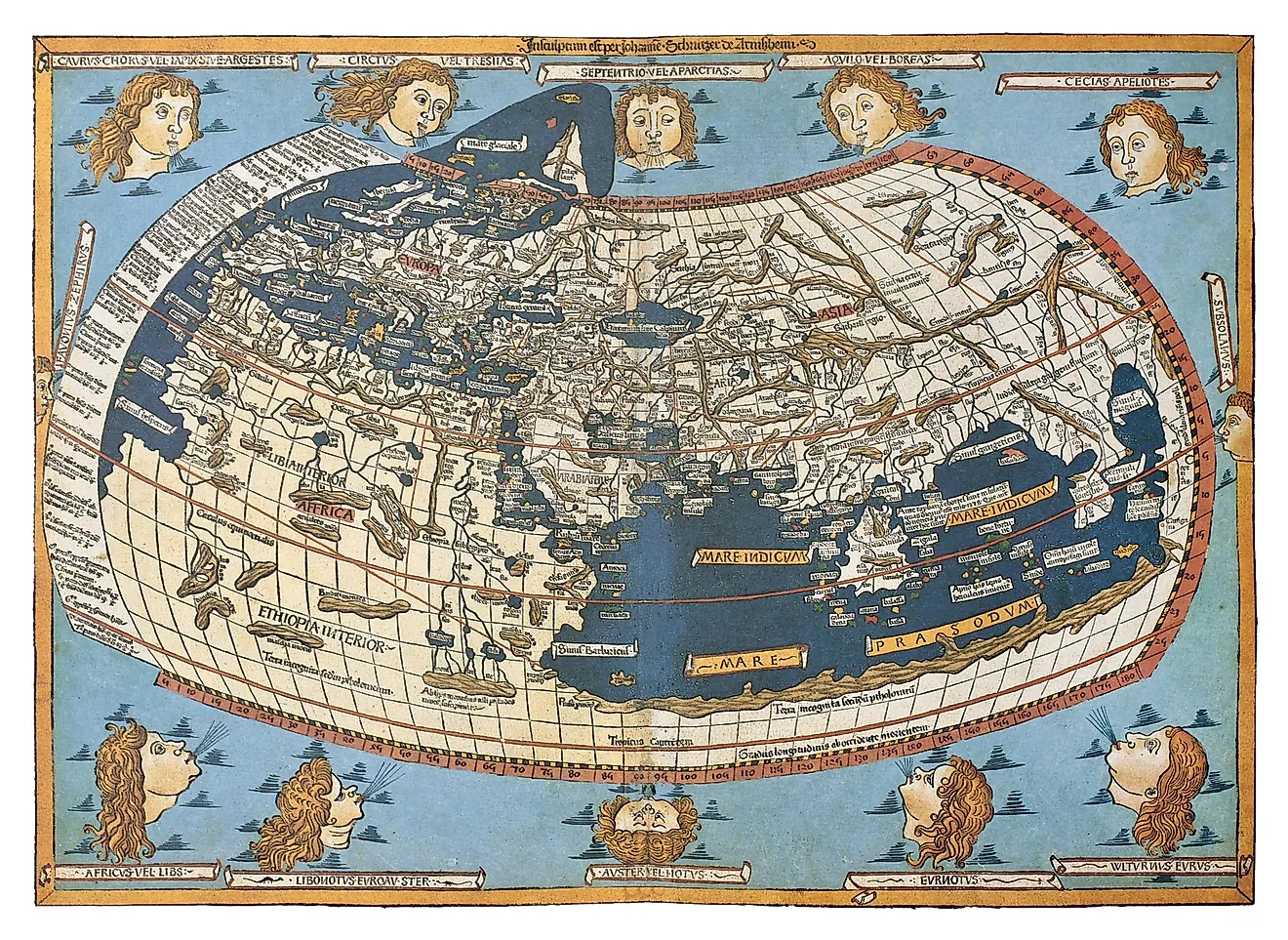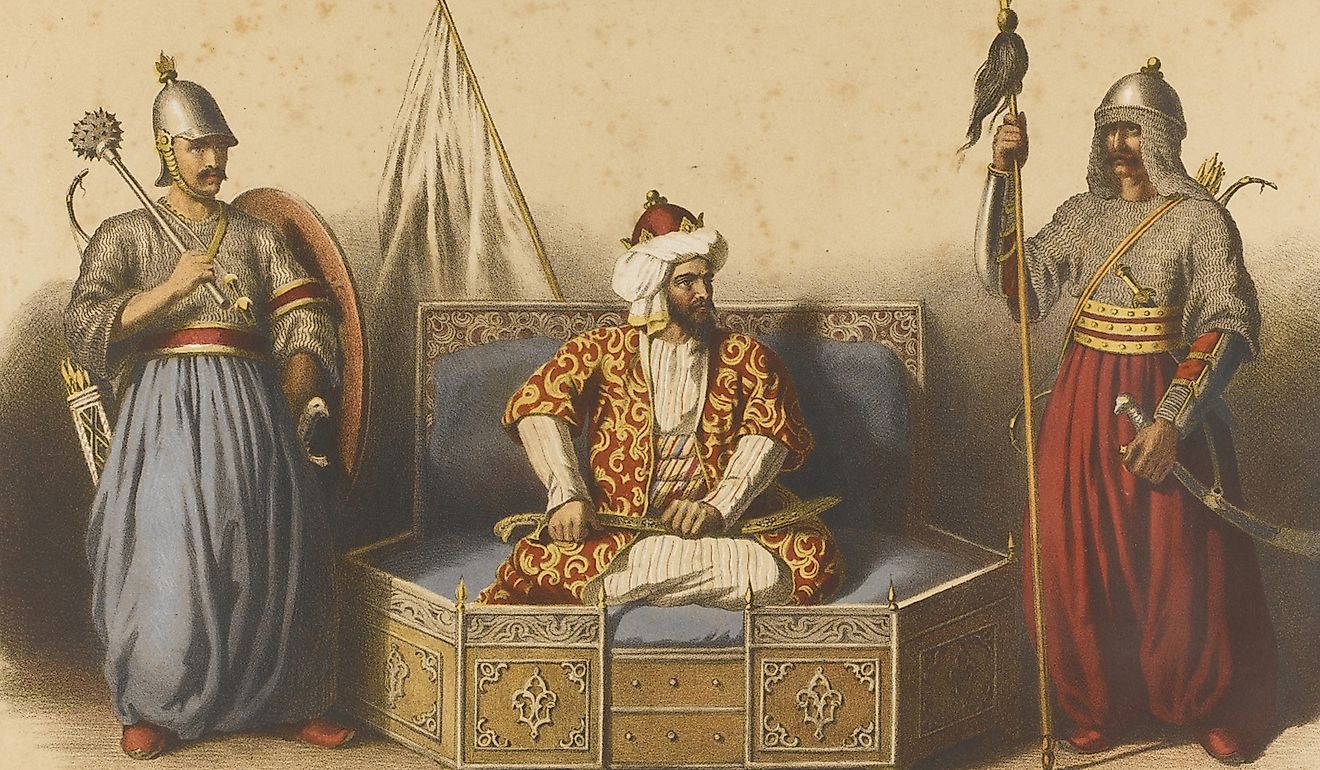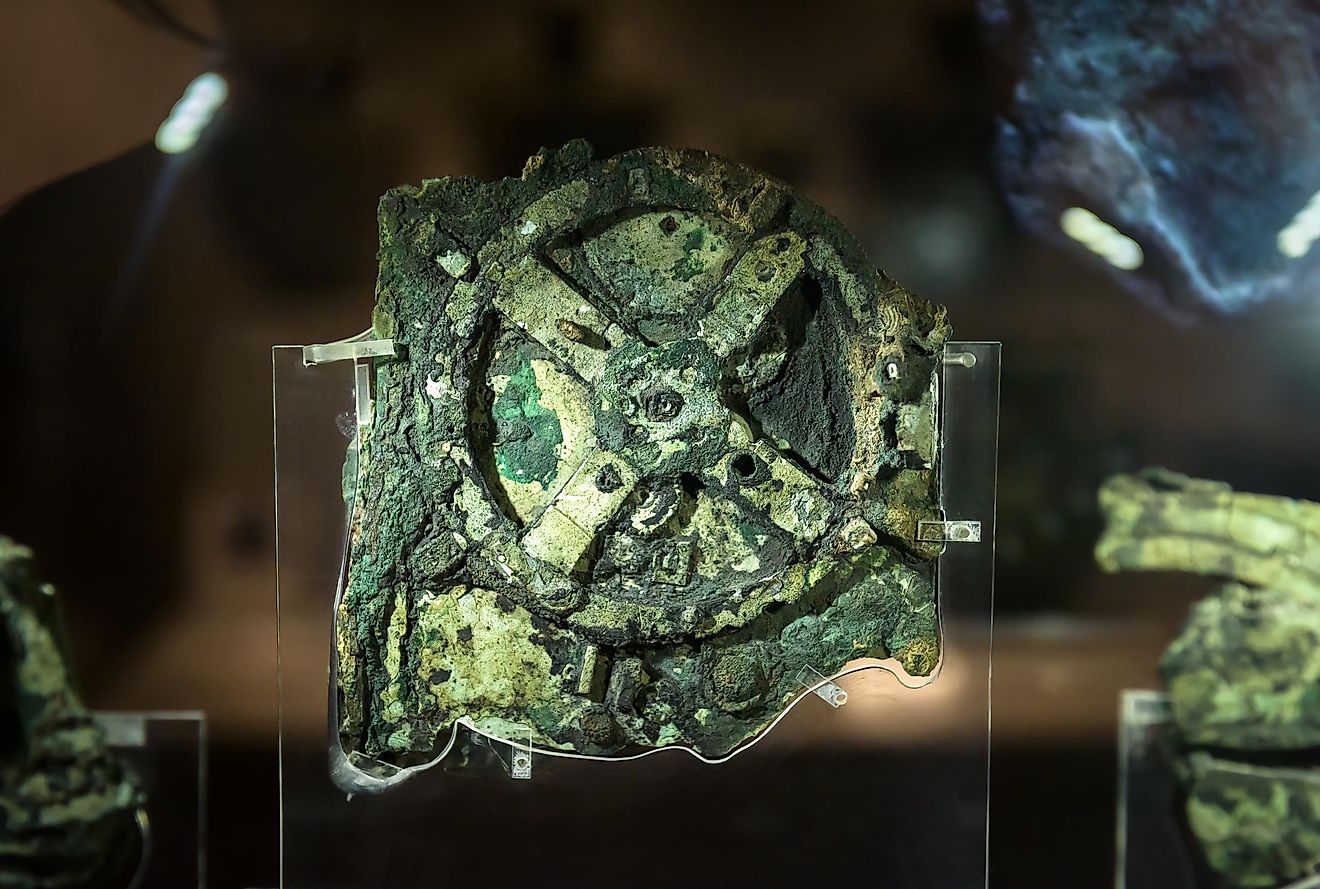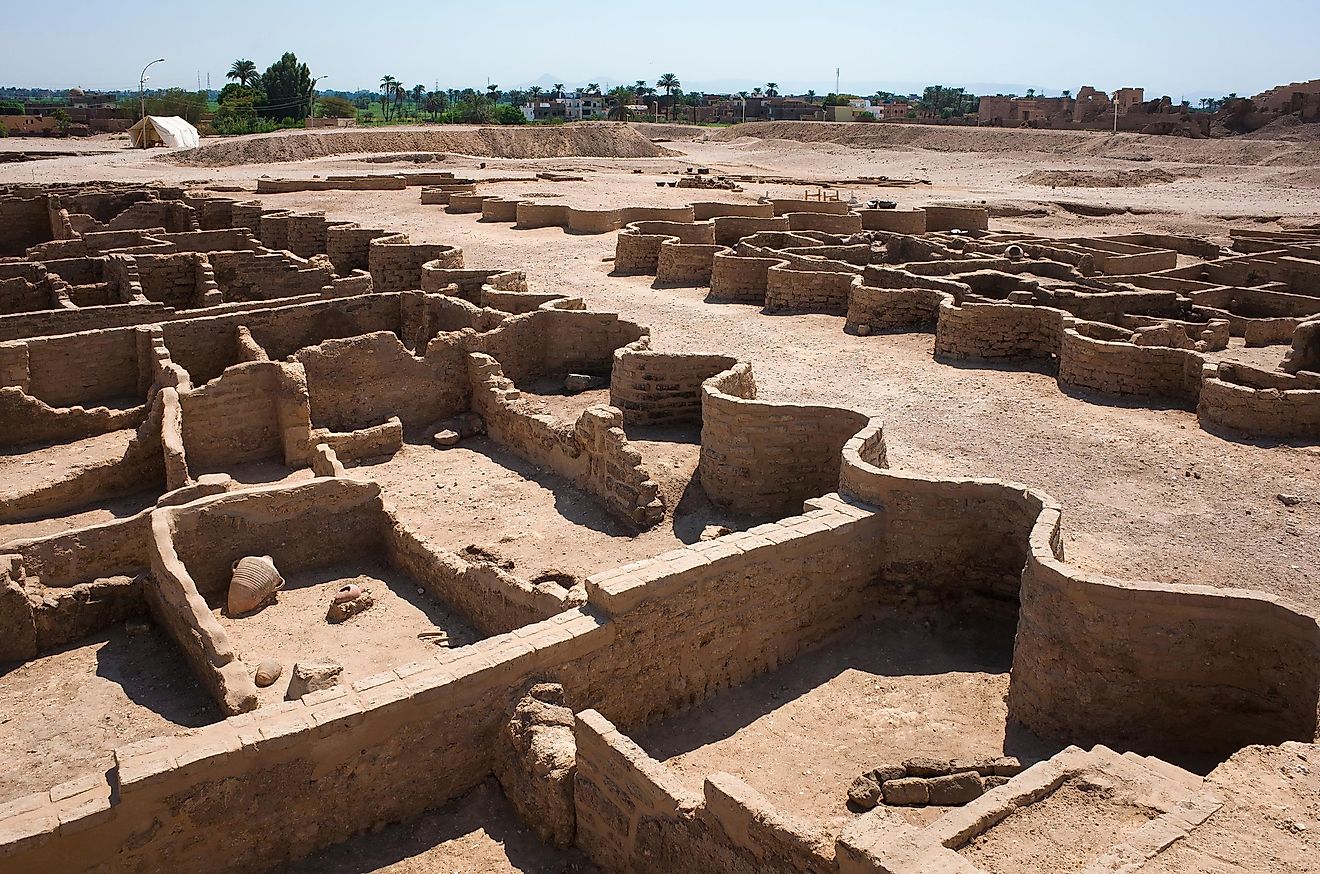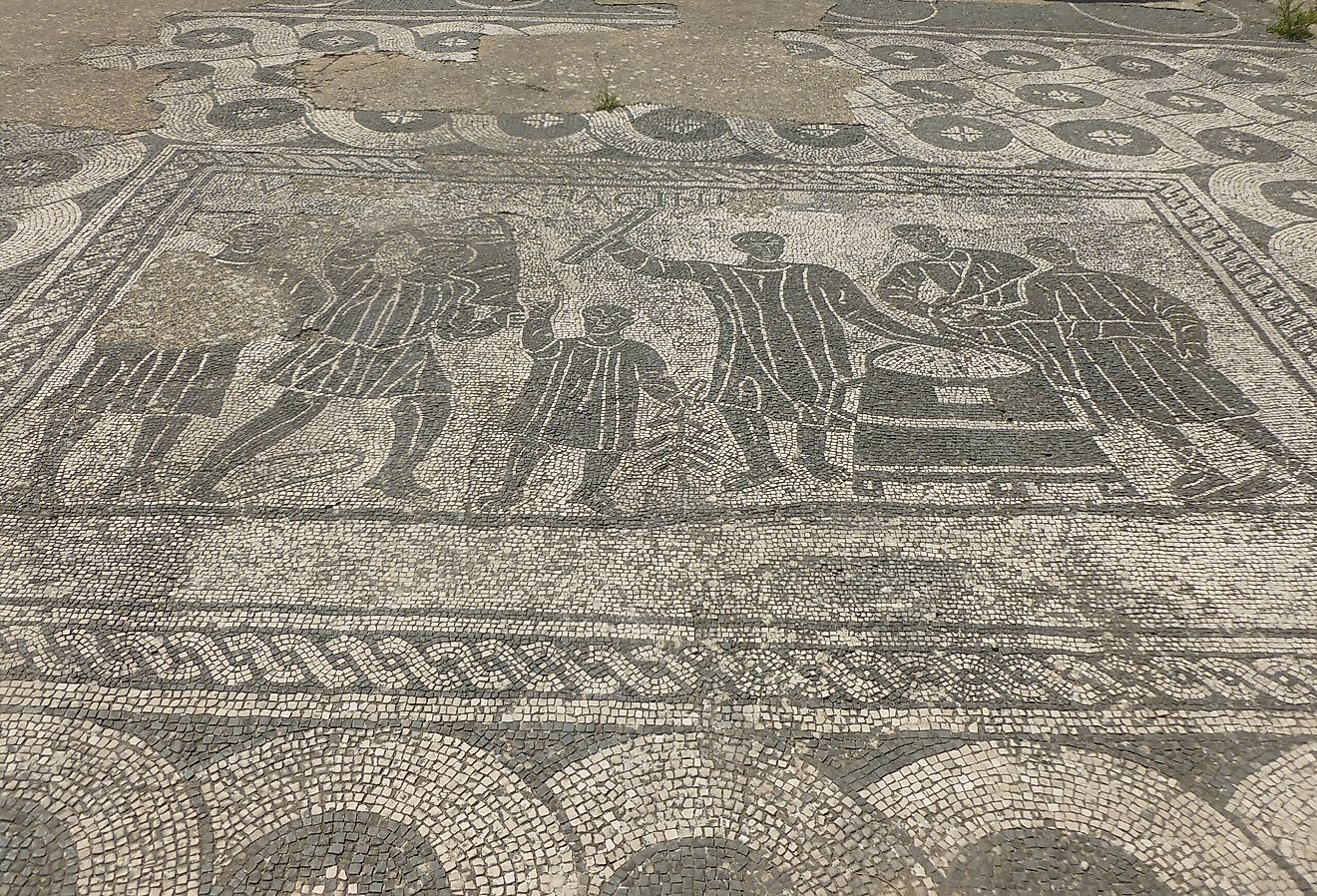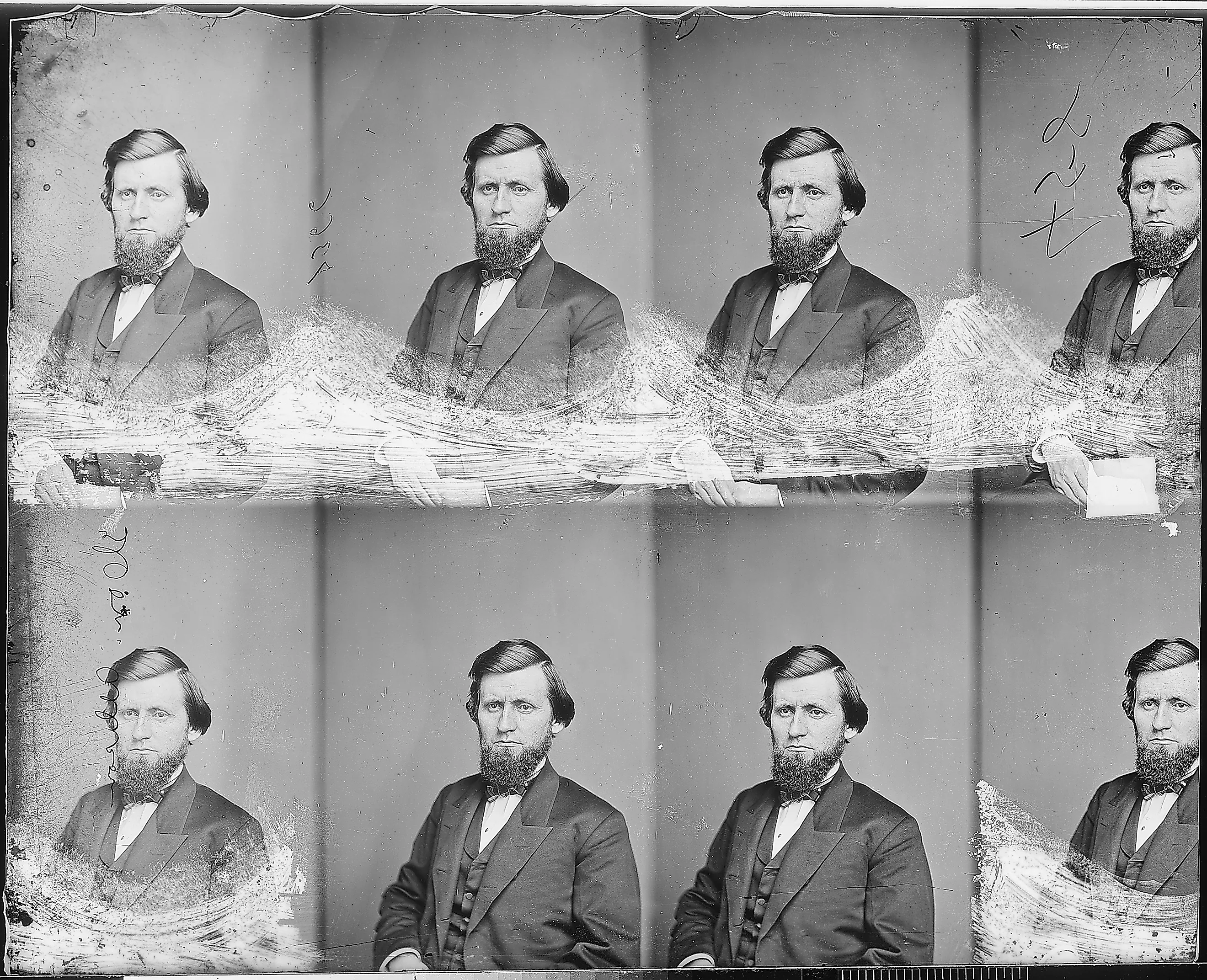
5 Historic Battles That Shaped Iowa
Iowa’s history includes a series of conflicts that took place on its lands and along its borders, from the early 19th century through the Civil War. Native American tribes, settlers, and both Union and Confederate forces were involved in skirmishes, raids, and battles that shaped communities and influenced the region’s development. Many of these engagements occurred along rivers, on frontier lands, and near Iowa’s borders, affecting travel, settlement, and daily life. Some clashes were brief, while others had lasting effects on the people who lived through them. These five historic battles show how Iowa was connected to national conflicts and how they affected settlement and life in the state.
Battle of Credit Island (1814)
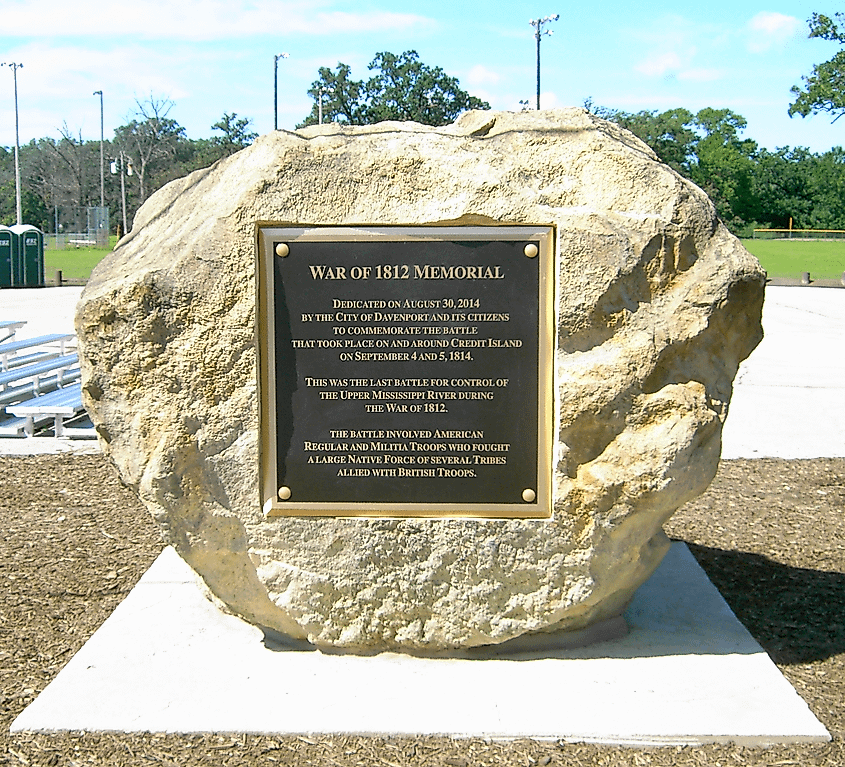
In the summer of 1814, during the War of 1812, the United States aimed to disrupt British influence and Native American alliances in the Upper Mississippi River region, which includes present-day Iowa. The British had established Fort Shelby at Prairie du Chien, Wisconsin, and gained the support of local tribes, including the Sauk led by Chief Black Hawk.
In response, the US sent a military expedition upriver. On September 4, 1814, Major Zachary Taylor led over 300 American soldiers in eight gunboats up the Mississippi River, aiming to relieve the garrison at Prairie du Chien. A strong downstream storm forced them to anchor near Pelican Island, adjacent to Credit Island in what is now Davenport, Iowa, where they camped for the night.
During the night, Black Hawk's forces, numbering between 800 and 1,200, attacked the American pickets. At dawn on September 5, as Taylor prepared to land, British artillery fired on the American boats. Outnumbered and under attack from both land and water, Taylor ordered a retreat. Several American soldiers were killed or wounded, while the Native forces reportedly suffered no casualties.
In 1918, the City of Davenport purchased Credit Island, turning it into a community park. In August 2014, during the War of 1812 bicentennial, a historical marker was unveiled to recognize the battle. Today, visitors can fish, bike, and picnic there, and the marker preserves its place in Iowa history as the site of one of the state’s earliest military engagements.
Black Hawk War (1832)
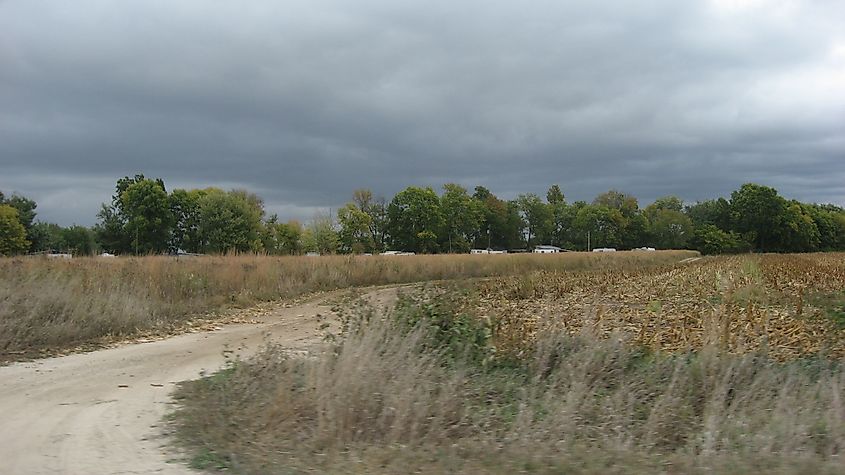
In the spring of 1832, the lands along the Mississippi River in what is now eastern Iowa, including present-day Muscatine County, were affected by the Black Hawk War. Black Hawk, a Sauk leader, led a band of approximately 1,000 Sauk, Fox, and Kickapoo men, women, and children, including roughly 500 warriors, back across the Mississippi River into Illinois to reclaim land that had been ceded to the United States in an 1804 treaty. Their movement into Illinois prompted a mobilization of US Army troops, state militias, and allied Native American warriors, totaling around 7,000 men.
As Black Hawk’s band moved northward, small skirmishes occurred in eastern Iowa, including along the Mississippi River near what is now Muscatine. Although no large-scale battle took place within Iowa, these encounters forced the Sauk further north before their eventual retreat into Wisconsin.
The war lasted from April to August 1832 and resulted in the deaths of an estimated 450 to 600 Native Americans and about 70 US soldiers and settlers. Black Hawk surrendered in late August after being driven into Wisconsin and losing most of his warriors.
Several men who are associated with the conflict later became prominent in US history, including Abraham Lincoln, Zachary Taylor, Winfield Scott, and Jefferson Davis. The Black Hawk War marked the removal of most remaining Native American tribes from eastern Iowa and the expansion of settlement along the Mississippi River.
Spirit Lake Massacre (1857)
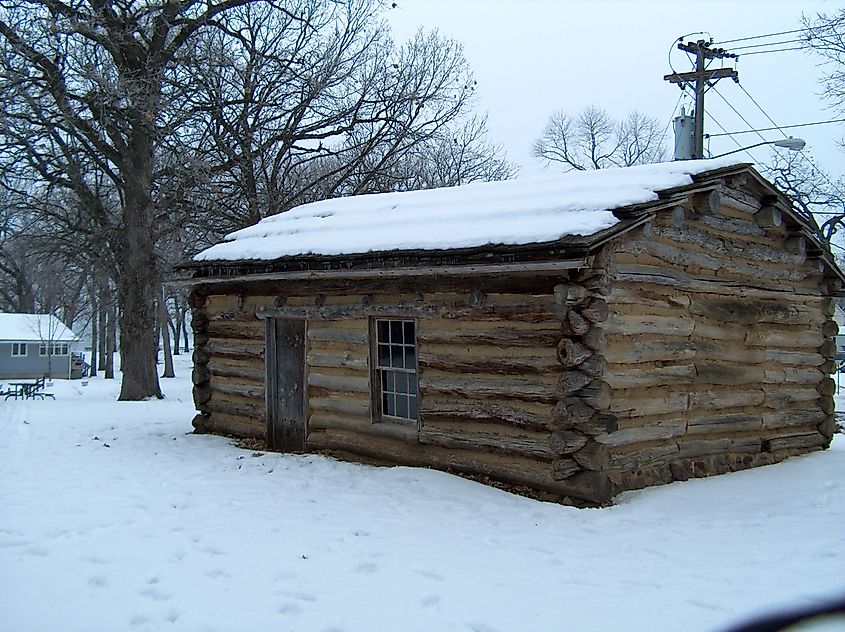
In the mid-1850s, settlers moved into northwest Iowa, reaching the shores of Spirit Lake, land formerly claimed by the Wahpekute Sioux. Although the tribe had formally relinquished title to the area in an 1851 treaty and agreed to move to a reservation in southwest Minnesota, some small bands remained independent of tribal authority. Tensions had arisen from prior incidents, including the killing of a Sioux leader, Sidominadotah, by settler Henry Lott. Sidominadotah’s younger brother, Inkpaduta, assumed leadership of the band.
In early March 1857, Inkpaduta’s band moved through northwest Iowa and attacked cabins around the Spirit Lake and Okoboji region. They killed over 30 settlers and took four young women captive: Abbie Gardner, Margaret Marble, Elizabeth Thatcher, and Lydia Noble. The captives were forced to travel with the band through the prairie.
Iowa authorities authorized a ransom for the women. Inkpaduta’s band merged with another Sioux group, and negotiations over the following months led to the release of Gardner and Marble. Gardner was escorted under the protection of Yankton Sioux scouts to Fort Ridgely and then to St. Paul, Minnesota, arriving on June 23, 1857, after three months in captivity. Thatcher and Noble did not survive.
After her release, Gardner settled in Iowa, marrying Cassville Sharp and later publishing a memoir recounting her experiences in captivity. In 1891, she purchased her family’s former cabin, which is today part of Arnolds Park, and operated it as a tourist site until she died in 1921. The cabin is now preserved as the Abbie Gardner Cabin & Museum, where visitors can learn about her life and the events of the Spirit Lake Massacre.
Battle of Athens (1861)
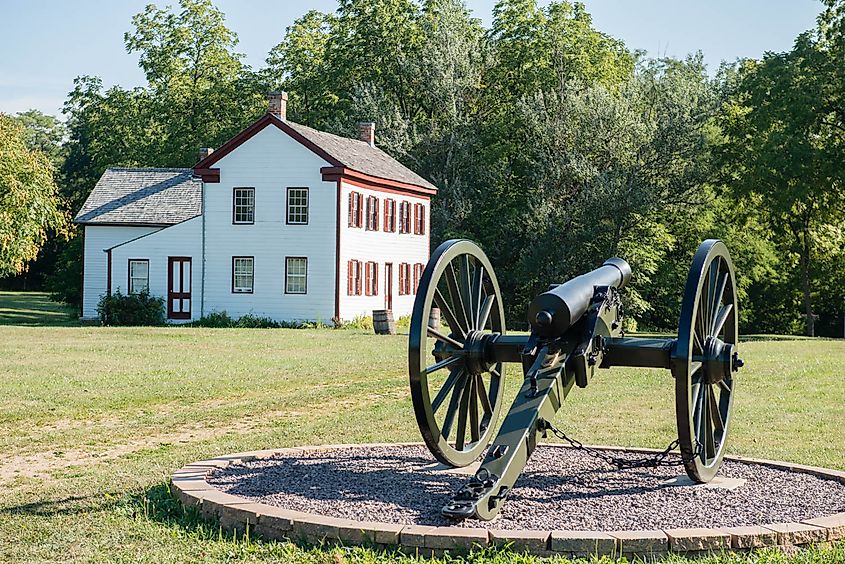
On August 5, 1861, near Athens, Missouri, just across the Des Moines River from present-day Croton, Iowa, about 500 Union Home Guard soldiers faced a larger force of pro-Southern Missouri State Guard members. Outnumbered roughly five to one, the Union troops successfully repelled the attack, capturing supplies and securing the area. The skirmish is notable as the northernmost Civil War battle west of the Mississippi and the only one fought along the Iowa border.
During the fight, the Thome-Benning House was struck by a cannonball, and soldiers took cover inside while artillery fire swept through the town. The Union victory bolstered morale for Iowa and northern Missouri communities and highlighted the risks faced by frontier border regions.
Today, the Battle of Athens State Historic Site preserves the area. Visitors can tour the Thome-Benning House, see mill ruins, hike wooded trails, and enjoy the mile of Des Moines River shoreline. Although Athens itself is now a ghost town, the site keeps Iowa’s connection to this historic Civil War engagement alive.
Confederate Raid (1864)
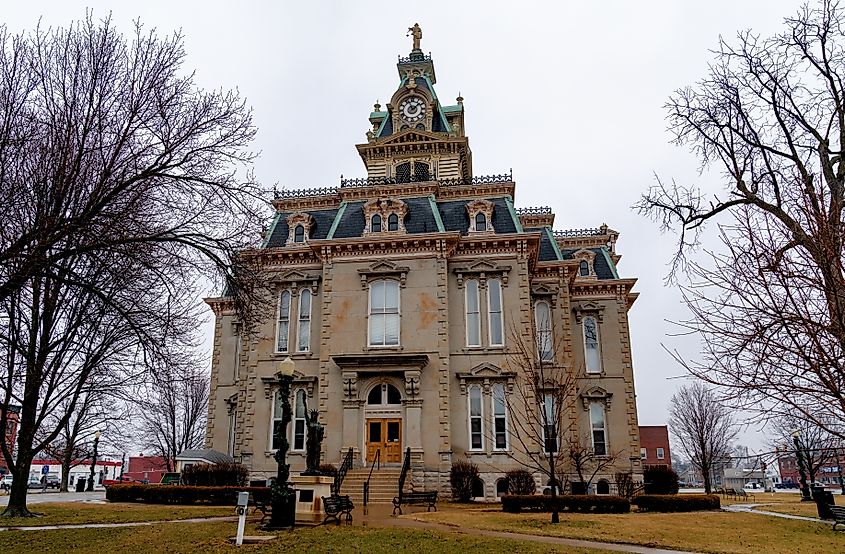
On October 12, 1864, Lt. James “Bill” Jackson led 12 heavily armed Missouri Partisan Rangers into Iowa, making their way as far north as Bloomfield in Davis County. Dressed in stolen Union uniforms, the raiders attacked local settlements, killing three civilians and causing panic among residents. The incursion is notable as the northernmost Confederate activity during the Civil War. The raiders moved quickly, traveling roughly 15 miles into Iowa before retreating to Missouri. Their brief but violent presence showed how the Civil War occasionally reached unexpected areas far from major battlefields.
Today, a monument near Bloomfield commemorates the raid’s northernmost point. Erected in 2005 by the Davis County Civil War Guerrilla Raid Society, it marks where Jackson’s men reached the furthest north of any Confederate force during the war. In 2010, the society added markers along the “terror trail,” tracing the raiders’ route and noting locations where they attacked civilians, preserving this unusual chapter of Iowa’s Civil War history.
A Look At Iowa’s Historic Battles
Iowa’s historic battles reveal how the state was shaped by national and regional conflicts, as well as by prominent members of Iowa's political realm. For example, William B. Allison, a lawyer and influential Iowa Republican senator, held a prominent role in the state's efforts during the Civil War, primarily by helping raise regiments.
But it was the state's historic battles — clashes along the Mississippi River during the War of 1812; the Black Hawk War; frontier raids of northwest Iowa; additional Civil War skirmishes along its borders — that truly affected Native Americans, settlers, and soldiers alike. Many sites are now preserved as parks, museums, or marked with historical plaques, showing where history unfolded. Remembering these battles connects Iowans and visitors to the past and highlights how conflict, survival, and territorial disputes helped shape the communities and landscapes of the state.




